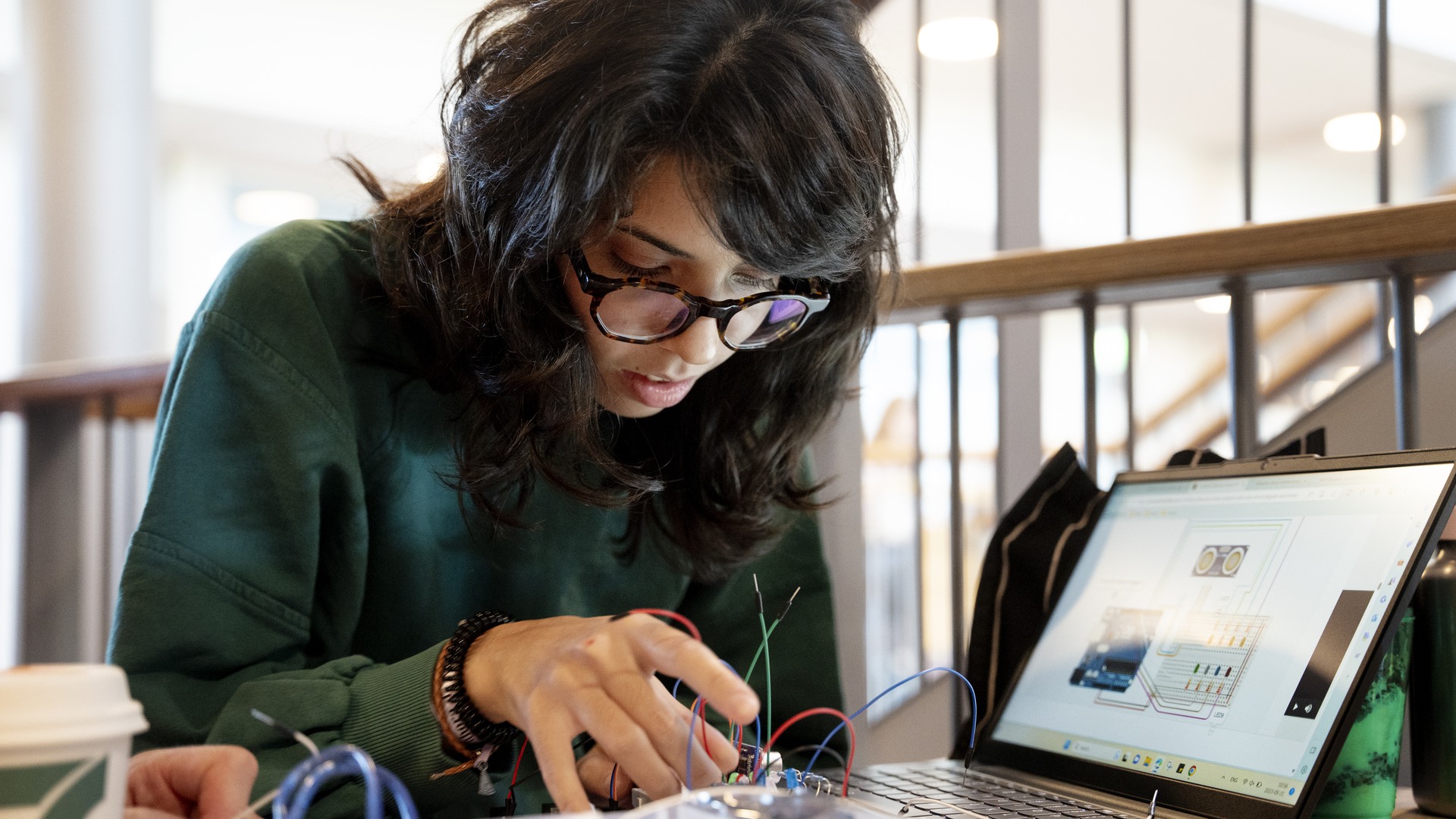Reference materials:
- Brody, P., & Pureswaran, V. (2014). Device democracy: Saving the future of the Internet of Things IBM. IBM Global Business Services Executive Report. Retrieved from [http://m2mworldnews.com/download/white-papers/IBM-Saving-the-future-of-IoT.pdf](
- Manzini, E., & Coad, R. (2015). Design, When Everybody Designs: An Introduction to Design for Social Innovation. In K. Friedman & E. Stolterman (Eds.), Design Thinking, Design Theory
- Saldana, J., Arcia-Moret, A., Braem, B., Pietrosemoli, E., Sathiasselan, A., & Zennaro, M. (2016). Alternative Network Deployments: Taxonomy, Characterization, Technologies, and Architectures. Retrieved from [http://www.rfc-editor.org/info/rfc7962](
Other relevant literature (e.g., books and scientific articles) is provided during the course by the teacher, or selected by the student.
EduSinglePage
Om kursen
The aim of the course is that the students will gain an overview and explore theories and methods for innovation in general and in IoT in particular. The students will also develop business thinking and an understanding of business models in general and business models used in the IoT area in particular.
Denna kursen ges som del av program:
Kursinnehåll
The course includes:
- Innovation and innovation processes relevant to the IoT
- Entrepreneurship/intrapreneurship
- Change management
- Business thinking and business models for the IoT
- Ethics and sustainability
- Success stories, failures and challenges
Behörighetskrav
- Bachelor of Science in Engineering (at least 180 credits) or a bachelor’s degree in computer science or related fields such as computer engineering, computer and information science, software engineering, informatics, telecommunications or electrical engineering.
- At least 15 credits in programming.
- Equivalent of English 6.
- A minimum of a passing grade for the course: Introduction to IoT (DA640E)
Kurslitteratur
Kursvärdering
Malmö University provides students who participate in, or who have completed a course, with the opportunity to express their opinions and describe their experiences of the course by completing a course evaluation administered by the University. The University will compile and summarise the results of course evaluations. The University will also inform participants of the results and any decisions relating to measures taken in response to the course evaluations. The results will be made available to the students (HF 1:14).

